Lotus has officially revealed its first fully electric model, the Evija, dubbing the 1470kW hypercar “the most powerful series production road car ever built”.
Production will begin next year at the brand’s Hethel plant, with just 130 units available from £1.7m ($A2.99m).
Lotus has made big claims, quoting target outputs of 1470kW/1700Nm, and a kerb weight of just 1680kg in its “lightest specification”. If these figures are accurate, the Evija will be well positioned to hit the market as the lightest production EV hypercar, and indeed the most powerful road-going car.

The Evija is the first completely new car to be launched under the ownership of Geely, which bought a majority stake of Lotus in 2017, and currently owns other manufacturers including Volvo and Lynk&Co.
It’s also the first-of-its-kind to feature a one-piece carbon fibre monocoque chassis, which hosts a mid-mounted 70kWh lithium-ion battery pack behind its two seats, supplying energy to four electric motors positioned at each wheel.
Power is managed by a single-speed gearbox, and put to the road using all-paw torque vectoring.

When connected to a 350kW fast charger, the Evija can be replenished in just 18 minutes, and can deliver a pure electric driving range of 400 kilometres on the WLTP combined cycle.
The carmaker also projects that the Evija will sprint from zero to 100km/h in under three seconds, and reach a top speed of over 320km/h, however, these figures have yet to be tested.
On the outside, the British hypercar takes on a comtemporary design language, which Lotus says will filter through to its future performance models.

The full carbon fibre bodywork is long and low, with pronounced hips and a ‘teardrop’ cabin, and large ‘Venturi’ tunnels that run through each hip to optimise aerodynamics.
Magnesium wheels are featured, measuring 20- and 21-inches front-to-rear, and are shod in Pirelli Trofeo R tyres.
Braking power comes from forged aluminium AP Racing brakes with carbon ceramic discs, while suspension is handled by in-board mounted cushions with three adaptive spool-valve dampers for each axle.
To improve air flow, a unique bi-plane front splitter provides cool air to the battery pack and front axle, and the absence of traditional door mirrors helps to reduce drag.

Instead, cameras are integrated into the front wings and on the roof, displaying a live feed to three interior screens.
Entrance to the Evija is through two handle-free doors, which are opened via the key fob, and can be closed using a button on the dash.
Inside, the carbon fibre treatment continues, with lightweight shell seats trimmed in Alcantara and a thin metal trim piece engraved with the words ‘For The Drivers’.

A square-shaped steering wheel gives access to the car’s five driving modes; Range, City, Tour, Sport and Track, while a digital display shows vital information including battery charge and remaining range.
“At the core of the appeal of any Lotus is that the driver is in sync with the car at all times and almost feels as if they are wearing it,” said Lotus Cars design director Russell Carr.
“Looking out from behind the wheel, it’s a wonderfully emotional moment to be able to see the bodywork outside, both in front and behind you.
"That’s something we hope to enhance in future Lotus models.”
Order books are now open, however, securing a unit requires an initial deposit of £250k ($A442,000).



.jpg)









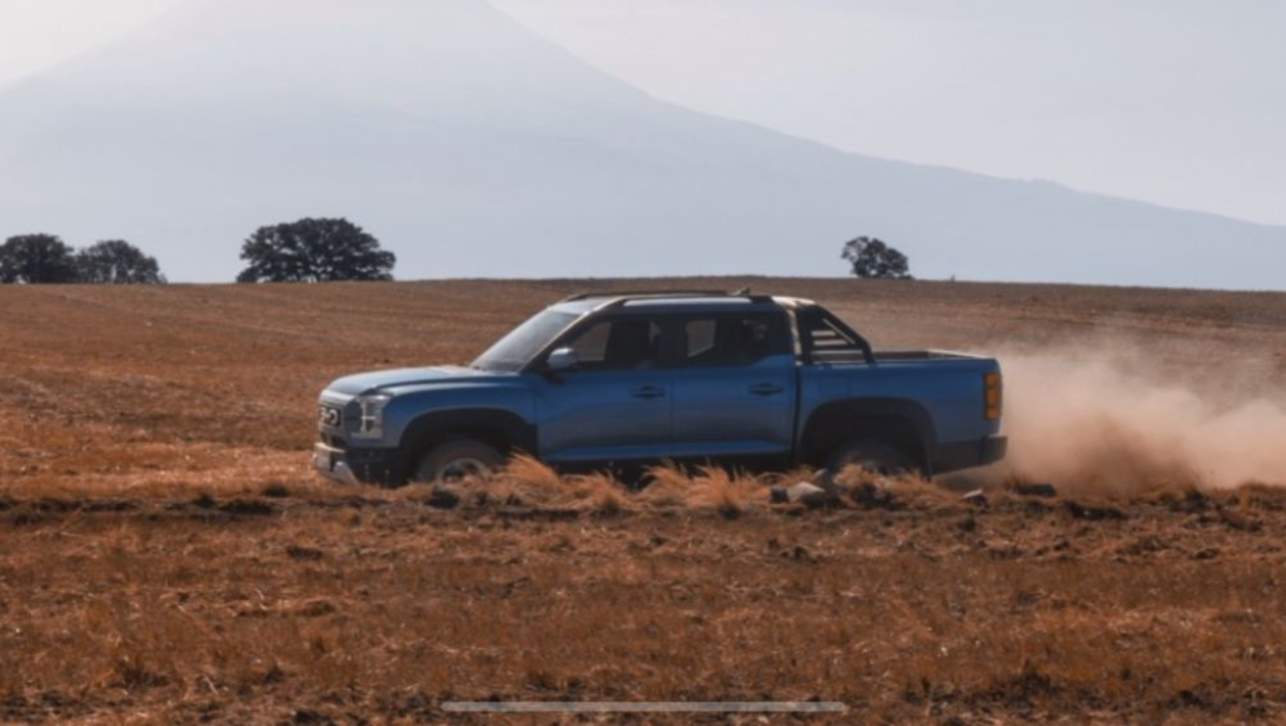
.jpg)
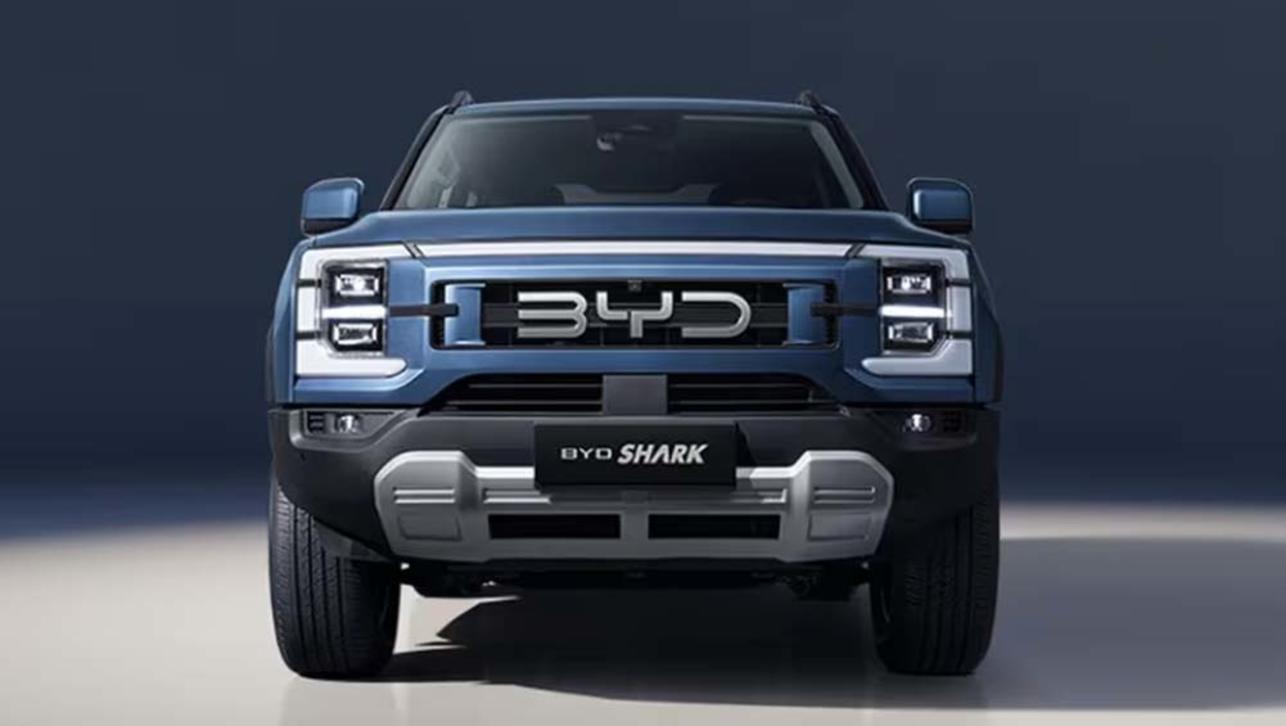
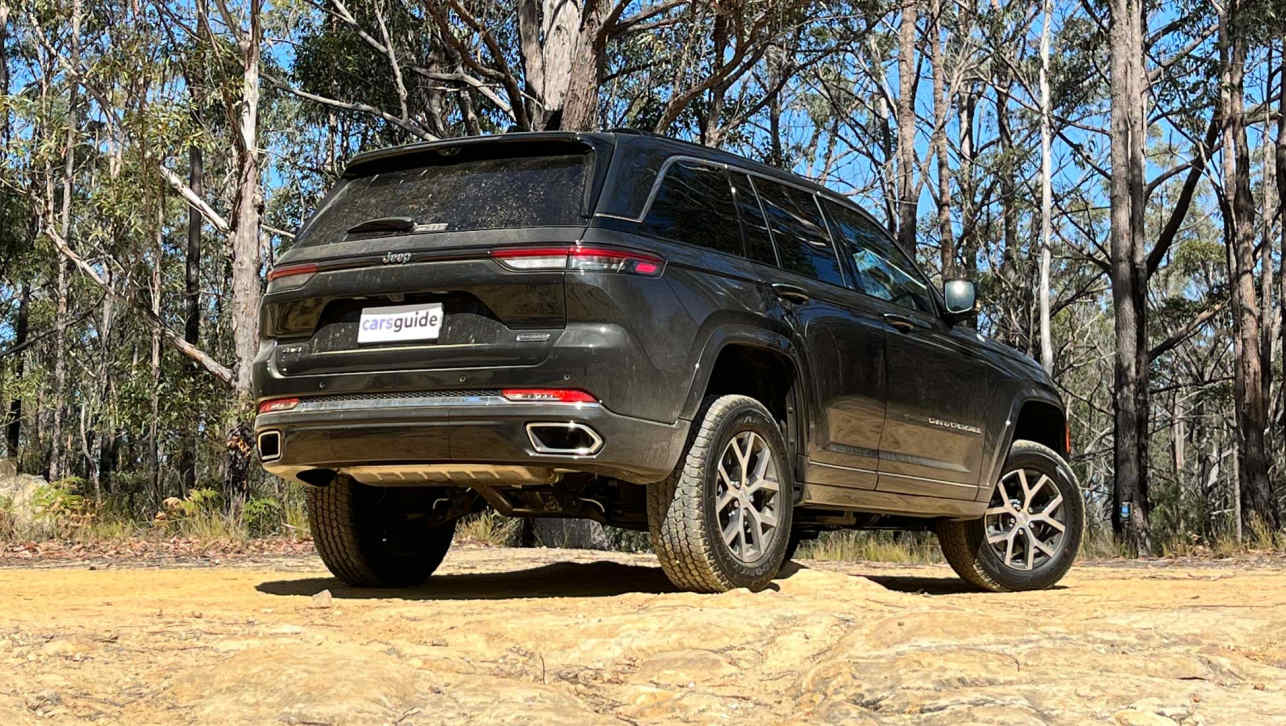
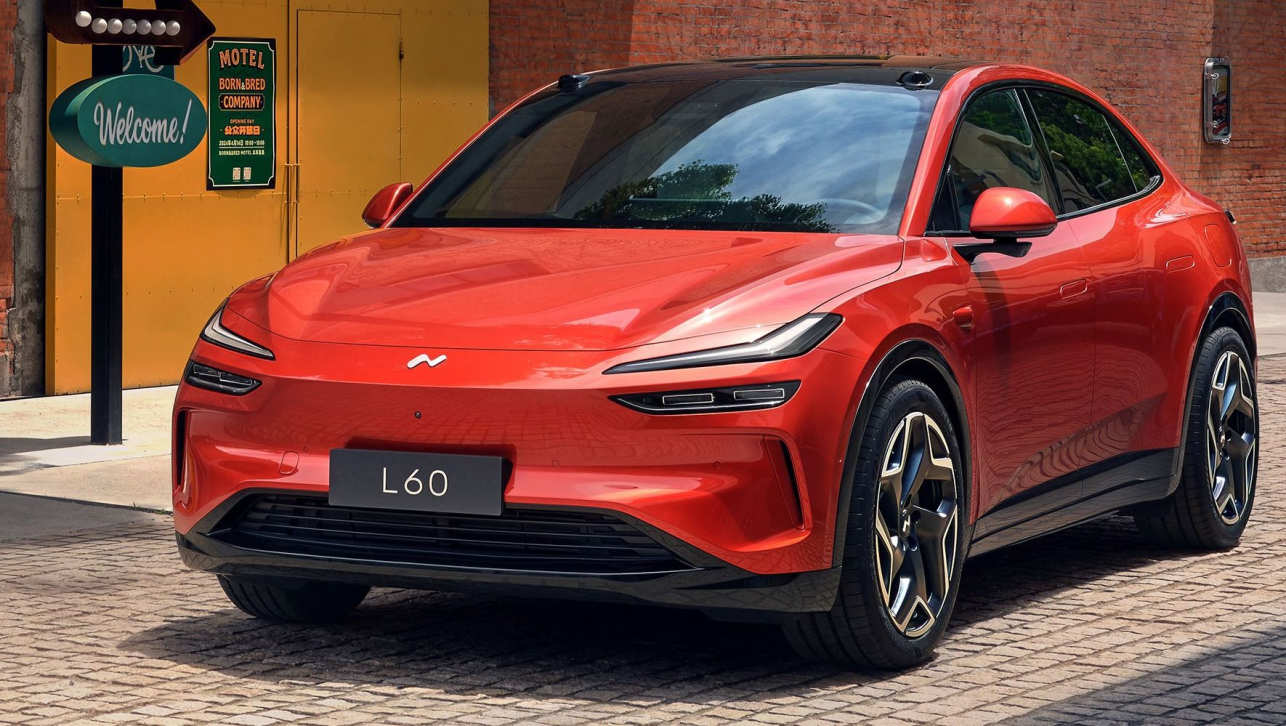

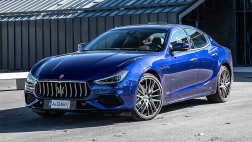


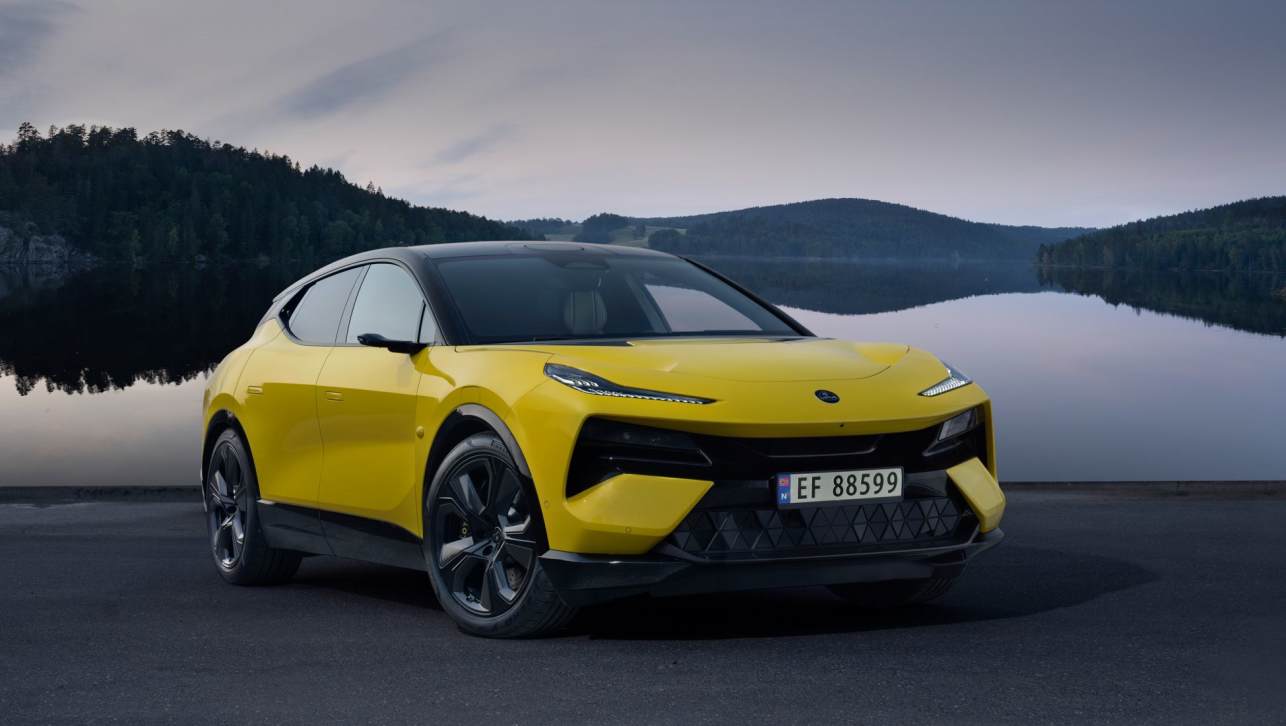
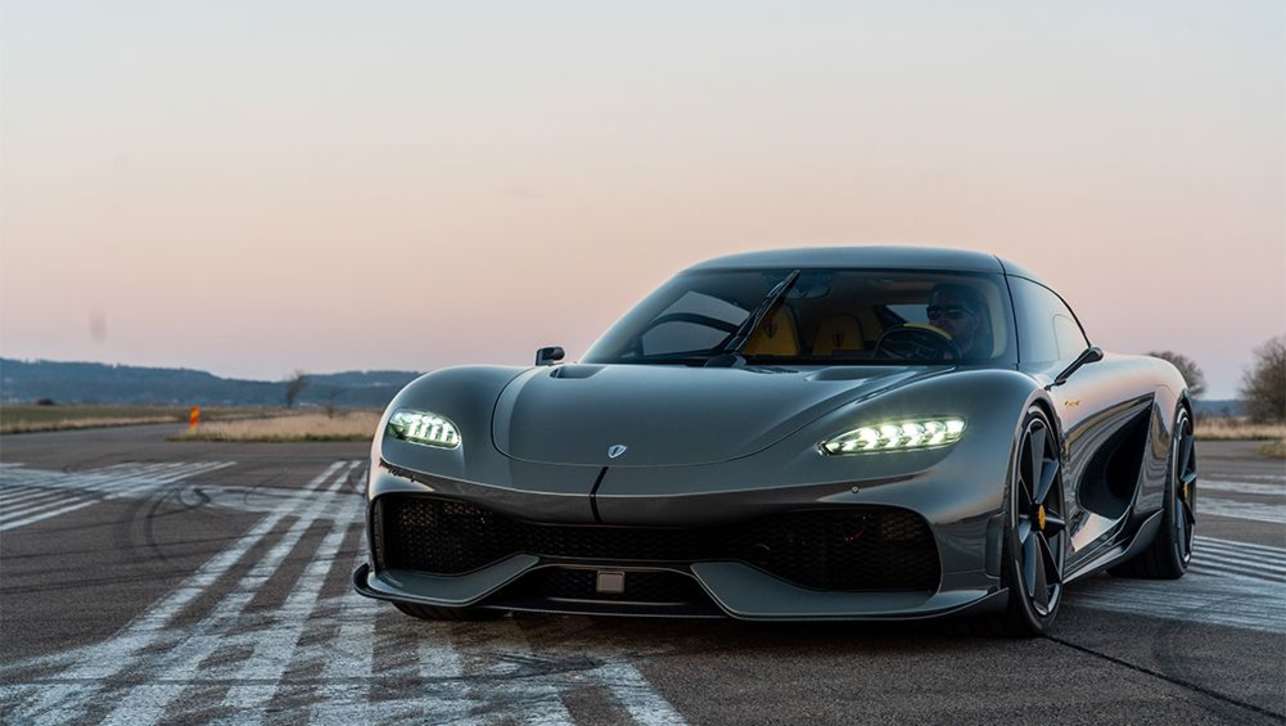
.jpg)
.jpg)
.jpg)




Comments